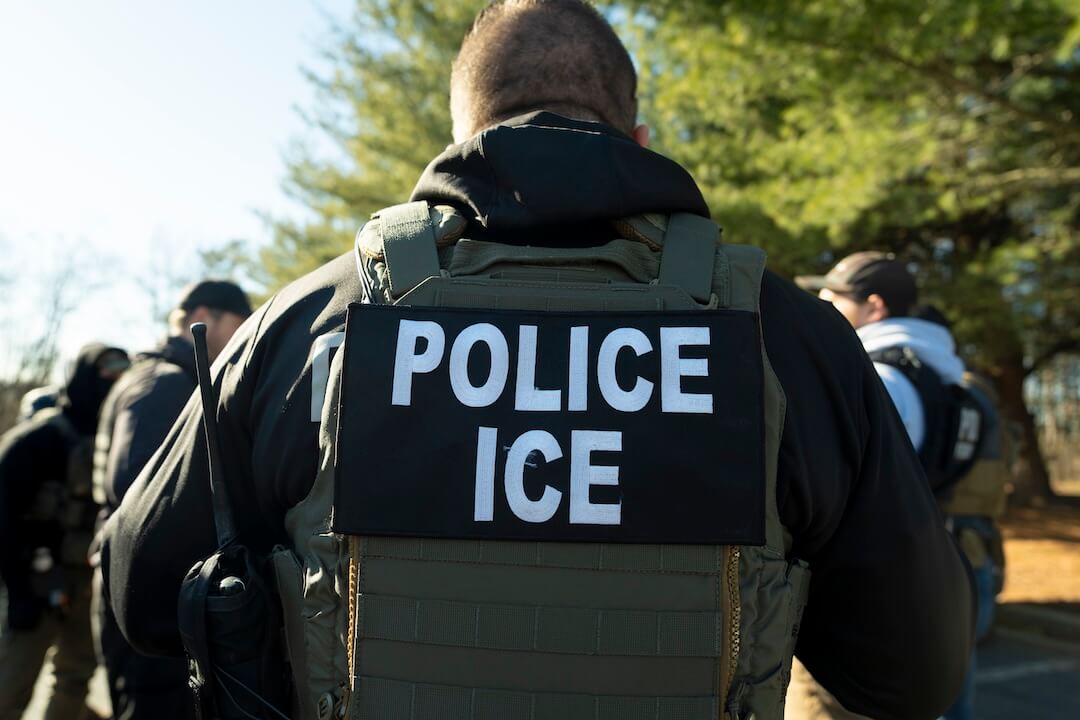Incidents like the shooting in Pittsburgh today remind journalists about the need to have guidelines about how and when to cover stories live. The Poynter Institute’s Al Tompkins and Bob Steele offer some guidelines for live coverage and coverage of stories that involve hostages and police standoffs.
By AL TOMPKINS
Broadcast/Online Group Leader
Broadcast, cable, online, and network outlets have a unique ability and opportunity to provide viewers and listeners with vital news information instantly. Journalists have a special responsibility in such situations to be accurate and to be measured in the tone of their coverage. A good guideline in such situations is to “overreact in the newsroom and under-react on the air.”
Questions before you go live
Beyond competitive factors, what are your motivations for “going live?” Why do your viewers need to know about this story before journalists have the opportunity to edit, question or filter the information off the air? What truth testing are you willing to give up in order to speed information to the viewer?
How does the journalist know that the information they have is true? How many sources have confirmed the information? How does the source know what they say they know to be true? What this source’s past reliability? How willing is the source to be quoted?
What are the consequences short-term and long-term of going on the air with the information? What are the consequences of waiting for additional confirmation or for a regular newscast?
Are you prepared to air the worst possible outcome that could result from this unfolding story? (such as a person killing himself or someone else live on TV) What outcomes are you not willing to air? Why? How do you know the worst possible outcome will not occur?
What is the tone of the coverage? How can the journalist raise viewer awareness of a significant event while minimizing hype and fear? Who in your newsroom is responsible for monitoring the tone of what is being broadcast?
What electronic safety net has your station considered that could minimize harm, such as a tape and signal delay, that could give you time to dump out of live coverage if the situation turns graphic, violent or compromises the safety of others?
How clearly does the technical crew at your TV station understand the newsrooms’ standard for graphic content? How well are guidelines understood by directors, tape editors, live shot techs, photojournalists, pilots, or engineers who might have to make an editorial call when the news director or other “formal decision-maker” is not available?
What factor does the time of day play in your decision to cover a breaking event? For example, if the event occurs when children normally are watching television, how does that fact alter the tone and degree of your coverage? Guidelines for Covering Hostage-Taking Crises,
Police Raids, Prison Uprisings, Terrorist Actions
By BOB STEELE
Senior Faculty & Ethics Group Leader
In covering an ongoing crisis situation, journalists are advised to:
Always assume that the hostage taker, gunman or terrorist has access to the reporting.
Avoid describing with words or showing with still photography and video any information that could divulge the tactics or positions of SWAT team members.
Fight the urge to become a player in any standoff, hostage situation or terrorist incident. Journalists should become personally involved only as a last resort and with the explicit approval of top news management and the consultation of trained hostage negotiators on the scene.
Be forthright with viewers, listeners or readers about why certain information is being withheld if security reasons are involved.
Seriously weigh the benefits to the public of what information might be given out versus what potential harm that information might cause. This is especially important in live reporting of an ongoing situation.
Strongly resist the temptation to telephone a gunman or hostage taker. Journalists generally are not trained in negotiation techniques, and one wrong question or inappropriate word could jeopardize someone’s life. Furthermore, just calling in could tie up phone lines or otherwise complicate communication efforts of the negotiators.
Notify authorities immediately if a hostage taker or terrorist calls the newsroom. Also, have a plan ready for how to respond.
Challenge any gut reaction to “go live” from the scene of a hostage-taking crisis, unless there are strong journalistic reasons for a live, on-the-scene report. Things can go wrong very quickly in a live report, endangering lives or damaging negotiations. Furthermore, ask if the value of a live, on-the-scene report is really justifiable compared to the harm that could occur.
Give no information, factual or speculative, about a hostage taker’s mental condition, state of mind or reasons for actions while a standoff is in progress. The value of such information to the audience is limited, and the possibility of such characterizations exacerbating an already dangerous situation are quite real.
Give no analyses or comments on a hostage taker’s or terrorist’s demands. As bizarre or ridiculous (or even legitimate) as such demands may be, it is important that negotiators take all demands seriously.
Keep news helicopters out of the area where the standoff is happening, as their noise can create communication problems for negotiators and their presence could scare a gunman to deadly action.
Do not report information obtained from police scanners. If law enforcement personnel and negotiators are compromised in their communications, their attempts to resolve a crisis are greatly complicated.
Be very cautious in any reporting on the medical condition of hostages until after a crisis is concluded. Also, be cautious when interviewing hostages or released hostages while a crisis continues.
Exercise care when interviewing family members or friends of those involved in standoff situations. Make sure the interview legitimately advances the story for the public and is not simply conducted for the shock value of the emotions conveyed or as a conduit for the interviewee to transmit messages to specific individuals.
Go beyond the basic story of the hostage taking or standoff to report on the larger issues behind the story, be it the how and why of what happened, reports on the preparation and execution of the SWAT team, or the issues related to the incident.
In covering a pending raid or law enforcement action, journalists are advised to:
Be extremely cautious to not compromise the secrecy of officials’ planning and execution. If staking out a location where a raid will occur or if accompanying officers, reporters and photographers should demonstrate great caution in how they act, where they go, and what clues they might inadvertently give that might compromise the execution of the raid. They should check and double-check planning efforts.






